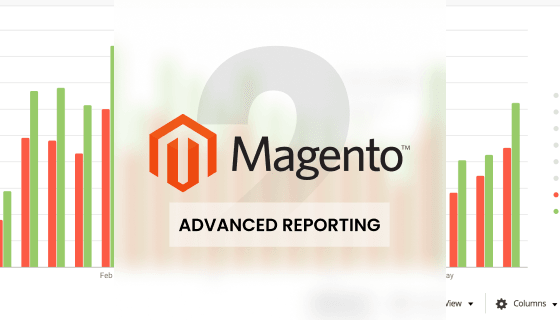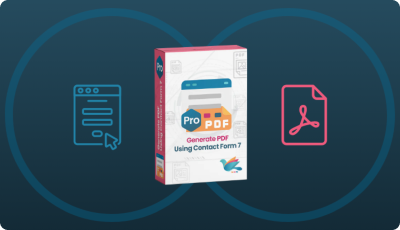Conclusion
After reading the blog, you will be familiar with the power of Magento 2 for your business and its incredible value-for-money features, enabling you to expand your operations across different markets and penetrate new consumer segments. You can leverage its flexibility and scalability to manage multiple eCommerce stores under one consolidated roof.
Furthermore, by comprehending the right moment for implementing a multi-store setup and following all the steps outlined in the blog, you will experience a phenomenal boost in your operational efficiency and broaden your market reach.
Also, see Magento 2 multi-store not only as cutting-edge technology but as a strategic approach to position your business in the competitive digital landscape. So, leap and transform your eCommerce strategy with Magento 2 multi-store. However, if you have any questions or need more clarification, feel free to contact us.
Moreover, if you ever require Magento 2 expert assistance setting up a Magento 2 store from scratch or midway, ZealousWeb is your prime destination. We have helped numerous businesses with Magento 2 store setup, be it single or multiple one.
When you hire Magento developers, you will feel a positive aura right from the first step, assuring you that you are working with the best in the business. Contact us at hello@zealousweb.com for a consultation and request a quotation.












